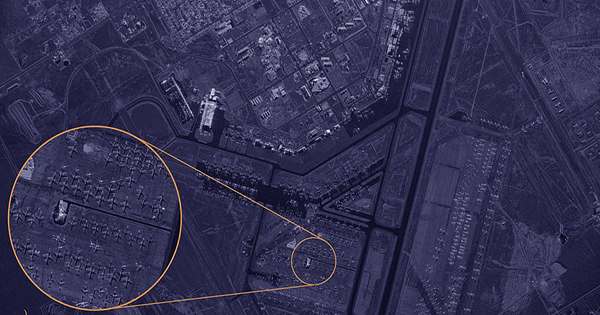According to a recent analysis and policy brief by prison safety specialists at the University of Nottingham, the UK Prisons and Probation Ombudsman (PPO) must increase transparency when looking into prisoner deaths.
The report, written by Dr. Sharon Shalev, draws on research led by Dr. Philippa Tomczak in the Faculty of Social Sciences, which offers recommendations to the PPO and policymakers for improving prisoner death investigations and promoting change.
In England and Wales, there are hundreds of prisoner deaths each year. From September 2022 to September 2022, there were 307 deaths in jail. These deaths will almost always be investigated by the Prisons and Probation Ombudsman (PPO) after a police investigation and before a Coroner’s inquest.
The researchers draw attention to the possibility that PPO reports, which are generated far more swiftly than inquest findings, could serve as an important spur for improvements in prison safety. This potential, however, does not appear to be being realized, as seen by the consistently high rates of prisoner mortality in England and Wales.
Investigations into deaths in custody are often traumatic for all involved. The guiding principle behind these recommendations is the need and obligation to reduce the number of self-inflicted deaths in prisons and to reduce the pain and harm they cause, in particular to the loved ones of those who die but also other prisoners, prison staff and indeed PPO death investigators.
Dr. Philippa Tomczak
The report and associated policy brief outline three key findings and recommendations:
- Prisoner death investigations should start naming the underpinning systemic issues that may have contributed to a death, such as too many prisoners, record numbers of prisoners on remand and too few staff. Only one nurse and one senior healthcare assistant were in charge of the 800 convicts housed at the time in one case given in the brief, where a prisoner died after their pneumonia symptoms went untreated for four days. Yet, the scholars discovered that the PPO very infrequently discussed systemic problems like those that led to this prisoner’s death.
- The PPO should investigate whether prison employees are abiding by regional and federal prison policies, or it should expand its activities to better represent its current Terms of Reference. Such openness will have numerous advantages, prevent the development of irrational expectations and further upheaval, and be especially helpful for the understanding of coroners, grieving families, and prison employees.
- The PPO should publicly lay out the information supporting its conclusions and suggestions in its procedures for investigating prisoner deaths. There is no precise methodology available, and recommendations regarding the kinds of modifications that are most likely to help reduce the number of self-inflicted prisoner deaths are not sufficiently supported by evidence. The PPO should also clearly explain the basis upon which they judge a death to be (un)predictable or (un)preventable: ultimately almost all prison deaths could have been prevented, hence judgements should be contextualized.
Dr. Philippa Tomczak, Principal Research Fellow in the School of Sociology and Social Policy at the University of Nottingham, said, “Investigations into deaths in custody are often traumatic for all involved. The guiding principle behind these recommendations is the need and obligation to reduce the number of self-inflicted deaths in prisons and to reduce the pain and harm they cause, in particular to the loved ones of those who die but also other prisoners, prison staff and indeed PPO death investigators.”
“Transparency is imperative to reduce the likelihood of the same things happening again. Acknowledgement of systemic hazards, new Terms of Reference and an explicit methodology would be a significant contribution.”
Between 2017 and 2020, the research team interviewed PPO employees, prison governors, coroners, group safer custody leads, and a bereaved family member. Dr. Tomczak also reviewed 145 PPO fatal incident reports between the same periods.
















